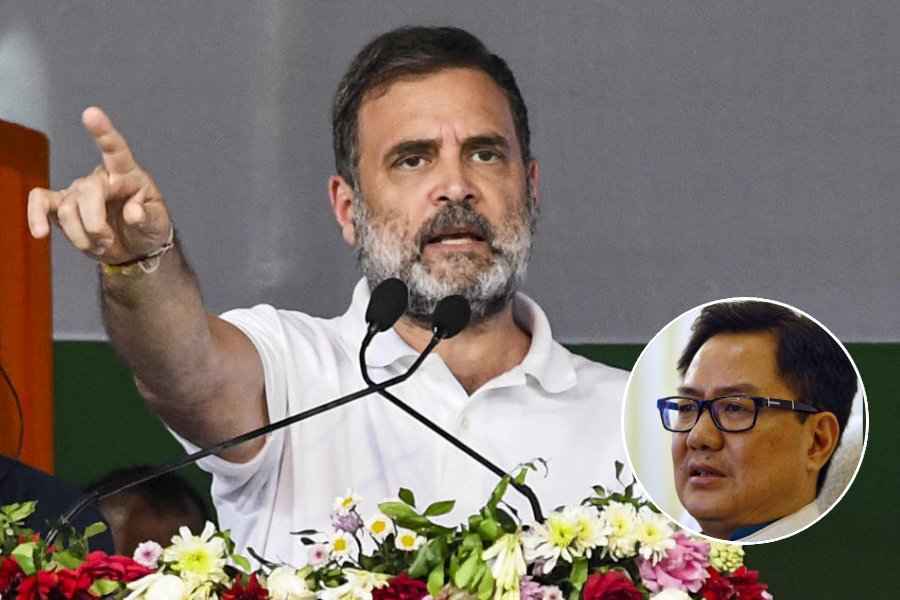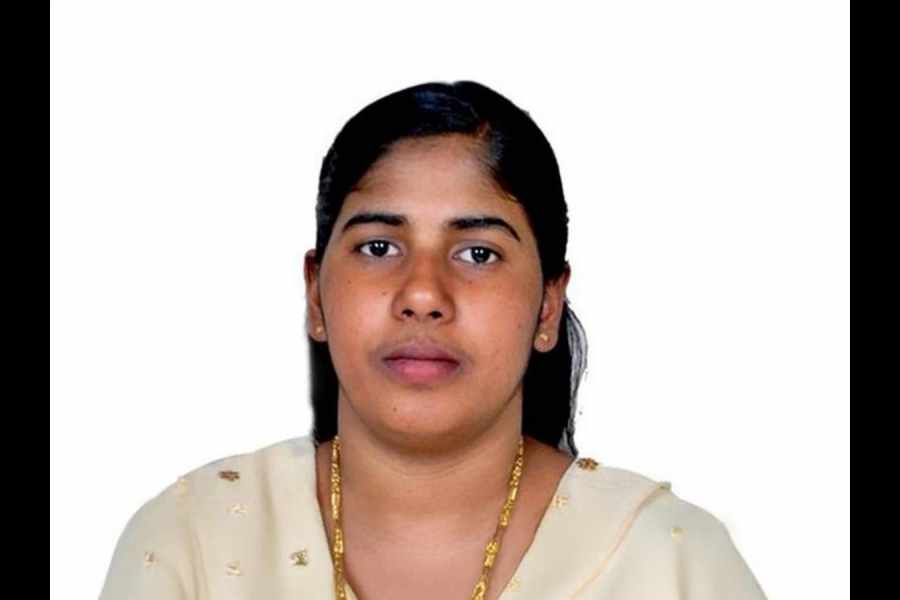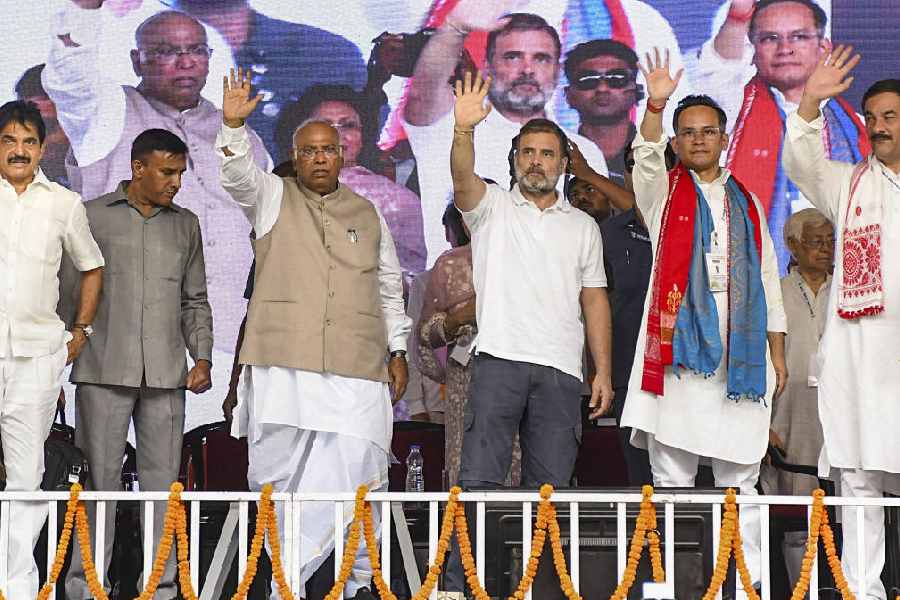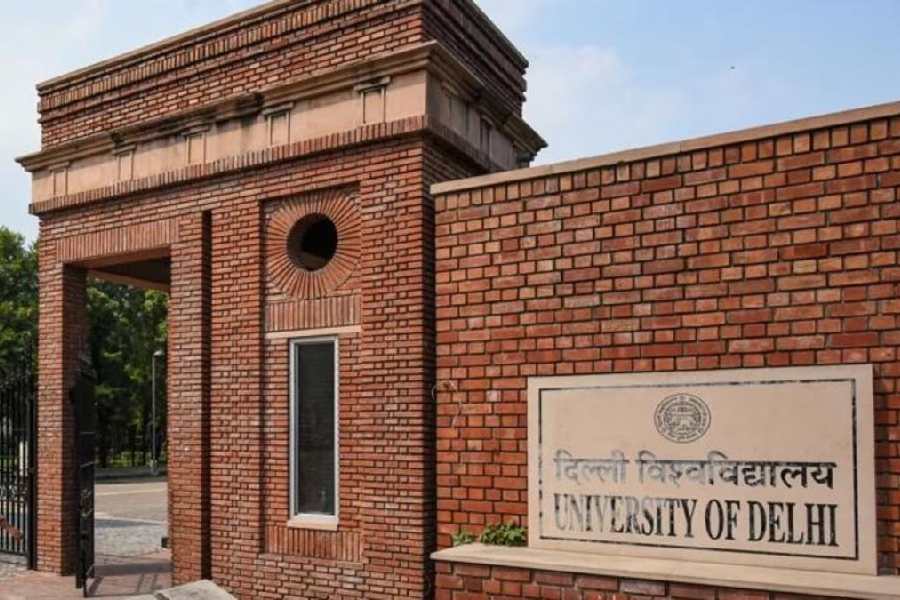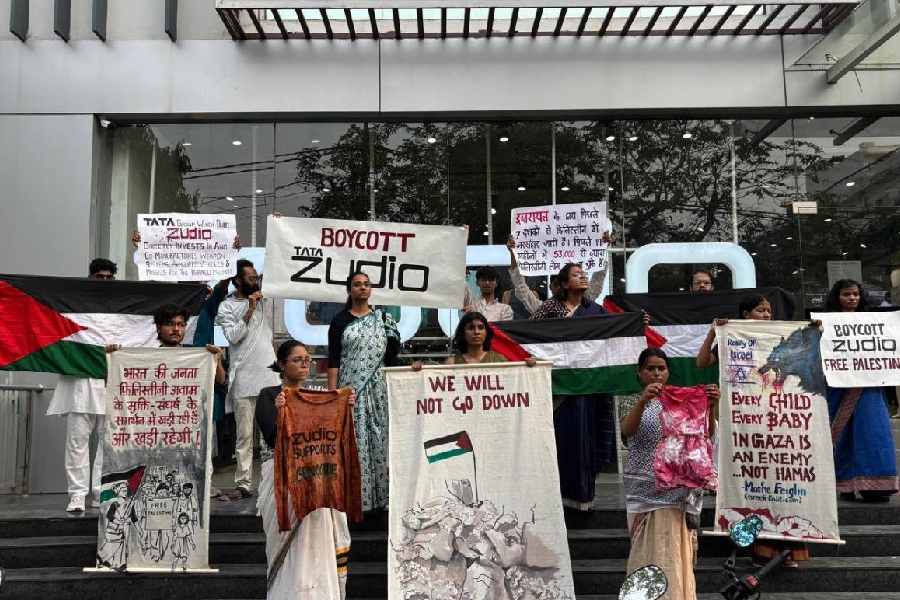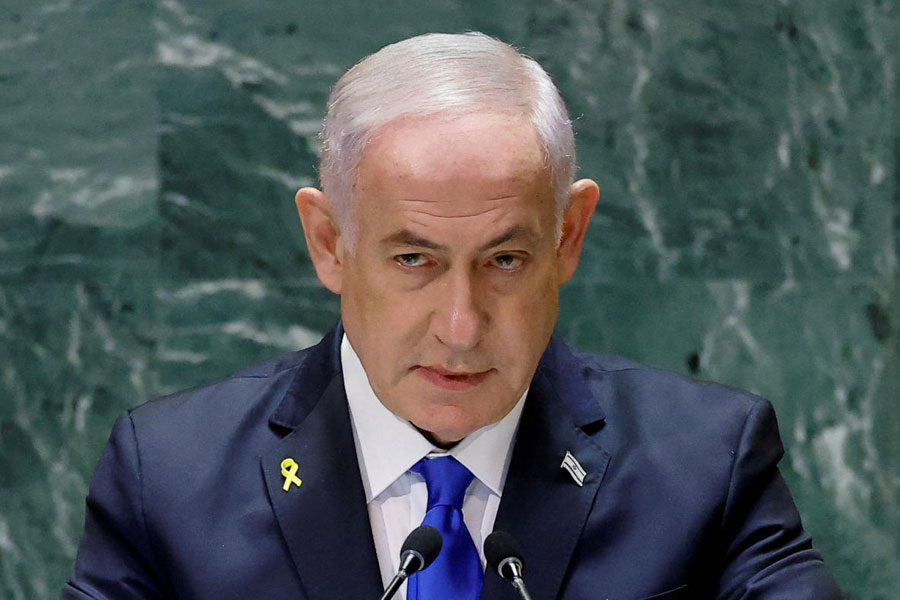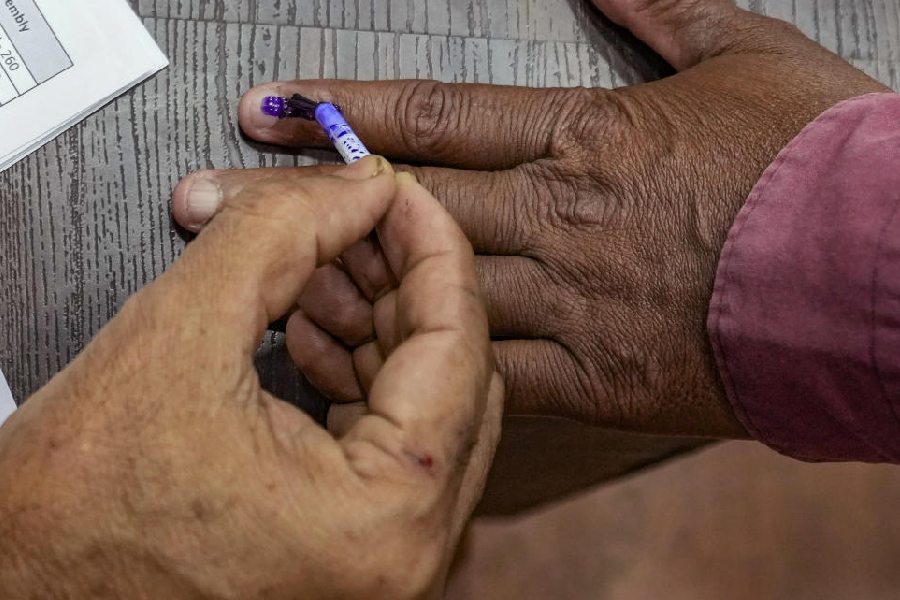
Calcutta: Museums in India, if they are to survive, should have an independent governing board free from state interference and a long-term plan for transformation.
Talking on the global museum movement and India's place in it, Vinod Daniel, the chairman of AusHeritage, Australia's international cultural heritage network, and board member of the Paris-based International Council of Museums (ICOM), was categorical about how "museums need independence to evolve and transform".
"There are well-established museum sectors in the UK, France and the US. But in Singapore, a city state, I was impressed with how the country has transformed its museum sector. In 1990, Singapore was where India is now," said Daniel, who was in the city to attend a forum of a Frankfurt-based company Glasbau Hahn that makes display cases. "The National Heritage Board in Singapore is free of government interference and oversees the implementation of the museum plan."
Daniel said bureaucrats should not helm museums as they can be transferred. "Anyone who is at the helm of a museum should have a tenure of at least 10 years to implement and oversee his plans."
For India, Daniel's advice is to draw up a state- level plan for museums. "Every state should have a world-class museum," he said.
Trained staff is another important perquisite with the need for university-level programmes for skill development. "Museums need different kind of human resources, people with creativity," said the expert.
A vibrant and active engagement with the audience would go a long way in help ing museums raise their own funds.
"I believe there should be a certain ratio of government support, anything between 40 to 75 per cent. The rest should be raised by the museum through its shop, its space that could be hired for community programmes, sponsorship from travelling exhibitions," said the IIT Delhi graduate who majored in chemistry from the US and joined Getty Foundation to research on new techniques for preserving collections.
Audience analysis is a must. "The kind of audience and the message they take back are key." At the Indira Gandhi Memorial Museum in New Delhi, visitors get to see how Rajiv Gandhi's kurta pyjama overlooks the spot where Indira Gandhi was assassinated. "This instantly tells the visitors what price the family paid," said Daniel.
The West has an object-based approach to collections, with an emphasis on tangible heritage. "In India it could be a mix of tangible and intangible heritage with an emphasis on the living culture," said Daniel, who worked on mummies in his initial years, researching on preventive conservation.
India has seven Egyptian mummies, one of which is at the Indian Museum. "The mummies were brought to India in the early 1900s when there was a trade of mummies. The Nizam brought one and it is in the state museum in Hyderabad," said Daniel, who helped preserve the mummy in Hyderabad. The others are in Lucknow and Mumbai.
Daniel advocates a vibrant online presence for museums. "The Australian Museum, has half a million walk-ins annually but more than 10.15 million website visits," he said.


